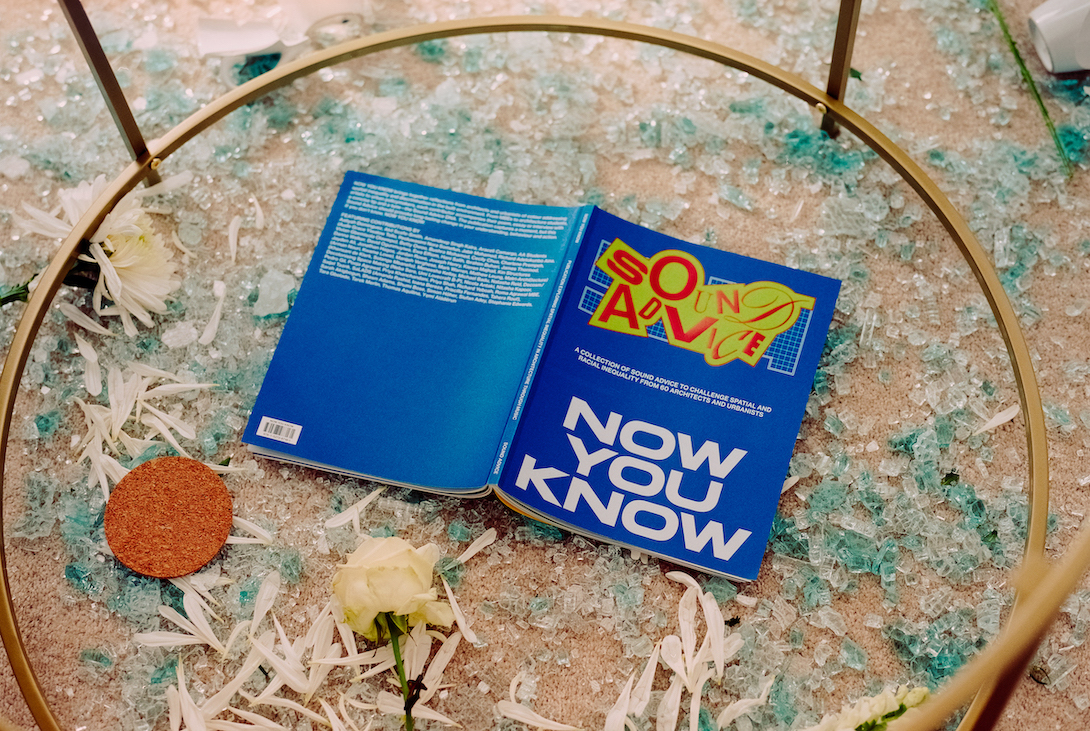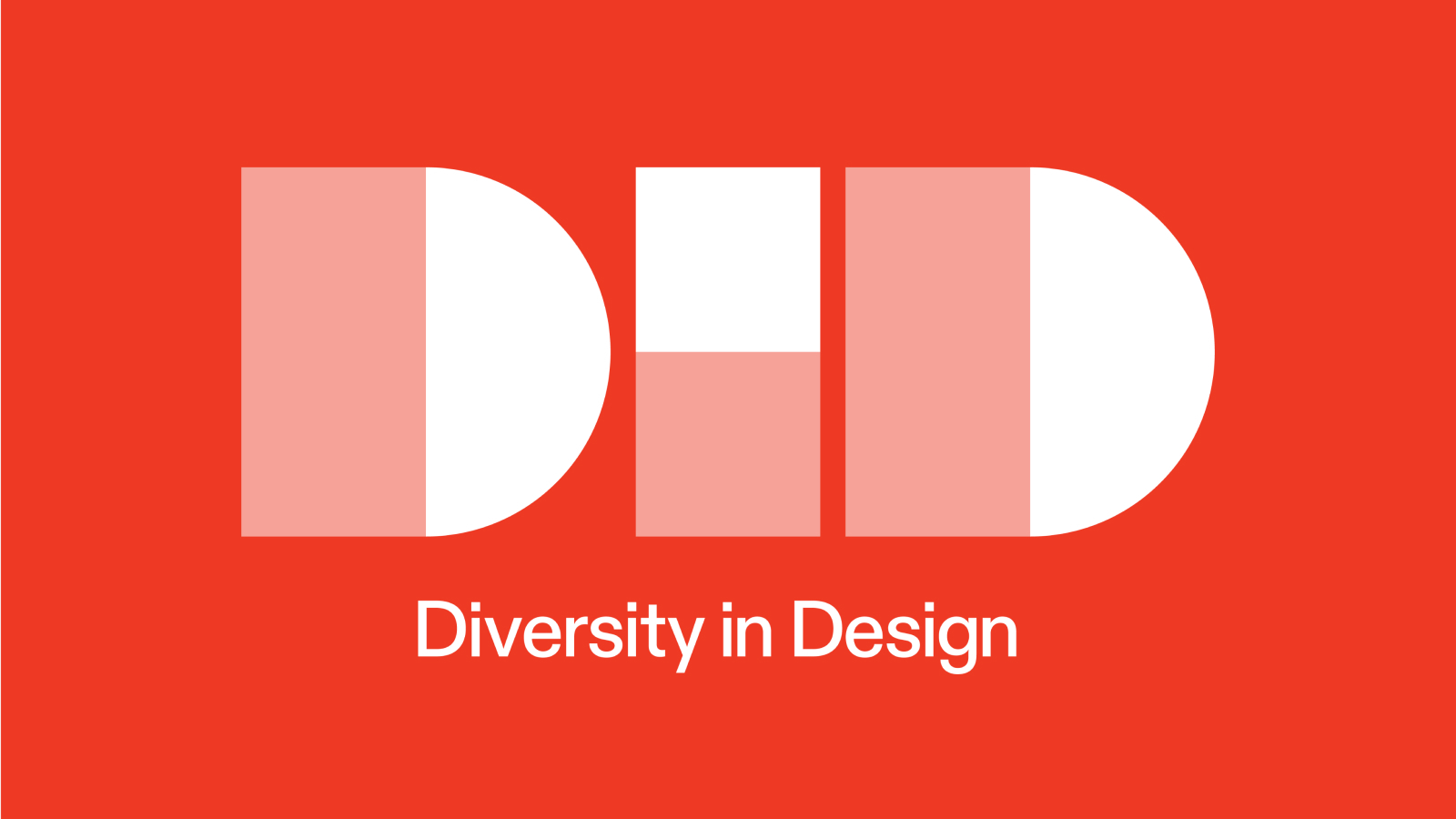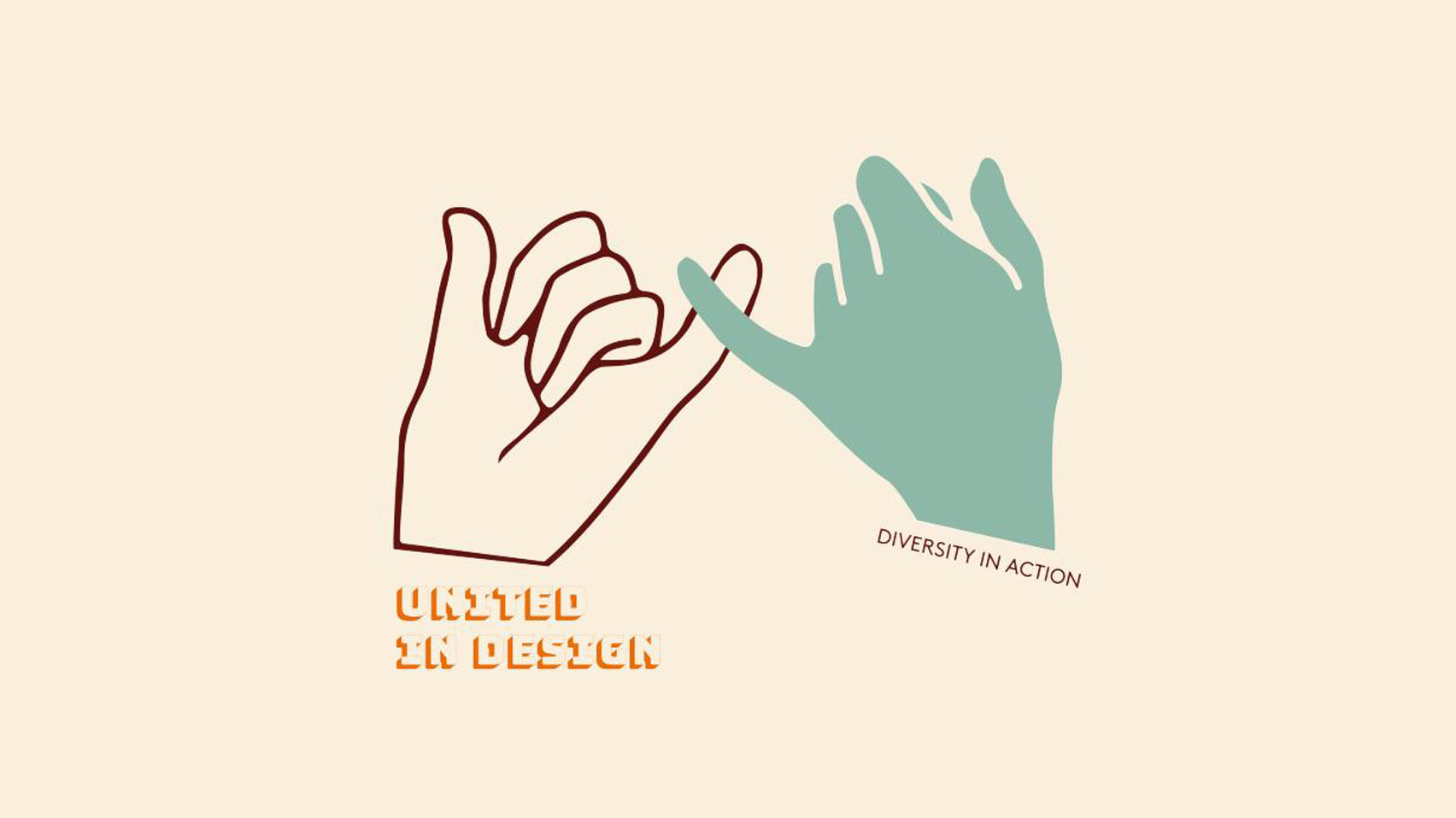
The value of diversity in design
Share
Exploring and embracing diversity can offer unique opportunities to engage with new identities and experiences. ADR speaks to four Melbourne creatives who are doing just that
With culturally diverse backgrounds and a unique approach to design and storytelling, they speak to the power and capacity of difference.
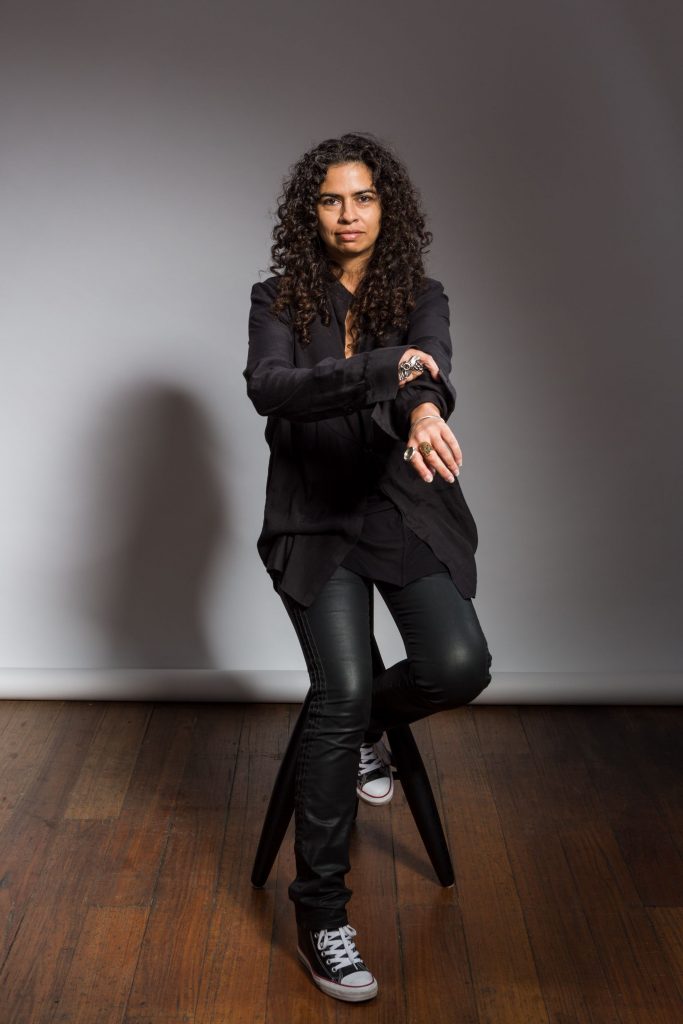
Esteemed designer Pascale Gomes-McNabb grew up in a culturally diverse community in Australia and abroad, where she was blissfully unaware of her differences.
Stepping outside these familiar circles, she harnessed her individuality to ambitiously develop a design practice and restaurant business in parallel – owning, designing, establishing and running front of house restaurants for over 15 years.
Responsible for some of Melbourne’s most loved and awarded venues, including Cumulus Inc., Stokehouse and Bentley Restaurant and Bar, Gomes-McNabb’s work reflects her holistic and polymorphous approach to design, while consistently addressing comfort, ambience and experience.
“Each project is inherently different, so focus changes or is directed on the interpretation of the ingredients: the core and variable issues and their dynamic relationships,” she says.
Experiencing her designed environments, the depth of these considerations is palpable. So too is the appreciation and understanding of the functional intricacies of the hospitality industry and the overlay of her unique perspective.
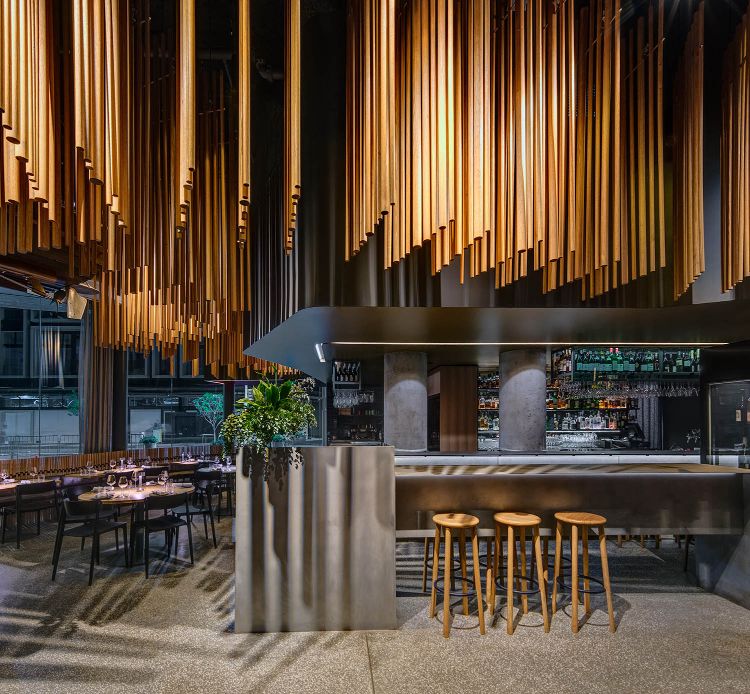
“I unexpectedly bring aspects of places I have been and things I have seen intrinsically and unconsciously into my work,” explains Gomes-McNabb.
“I have never really focused on my cultural identity as an entity in my design process,” she admits, “but it is an amalgamation of upbringing, heritage, education and life history – an unfolding story used to create interesting, enigmatic, beautiful and practical environments.”
Fellow interior designer Brahman Perera reveals similar sentiments in his work, drawing on personal narrative to craft memorable interiors articulated with an inventive spirit.
Raised in a diverse household combining Hindu and Catholic faiths, Perera was surrounded by collections of religious iconography within his home.
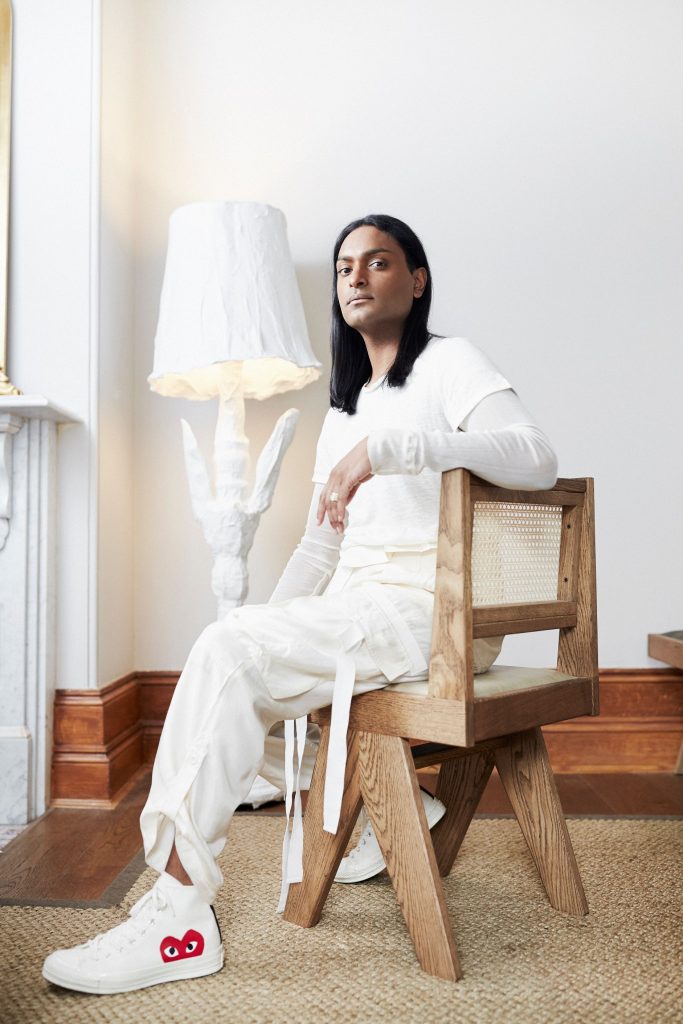
“I remember the rituals of dusting, arranging and maintaining these statues, candles and frames,” he recalls. Perera defines this domestic setting as a recurring influence in his practice, “driving an empathic and sentimental approach”.
A consistent undertaking in Perera’s practice is the layering of personal and characterful artefacts to reflect the stories and memories of place.
“It’s a way of honouring people and celebrating new perspectives,” he explains. In his hospitality work, he often draws on cherished familial routines.
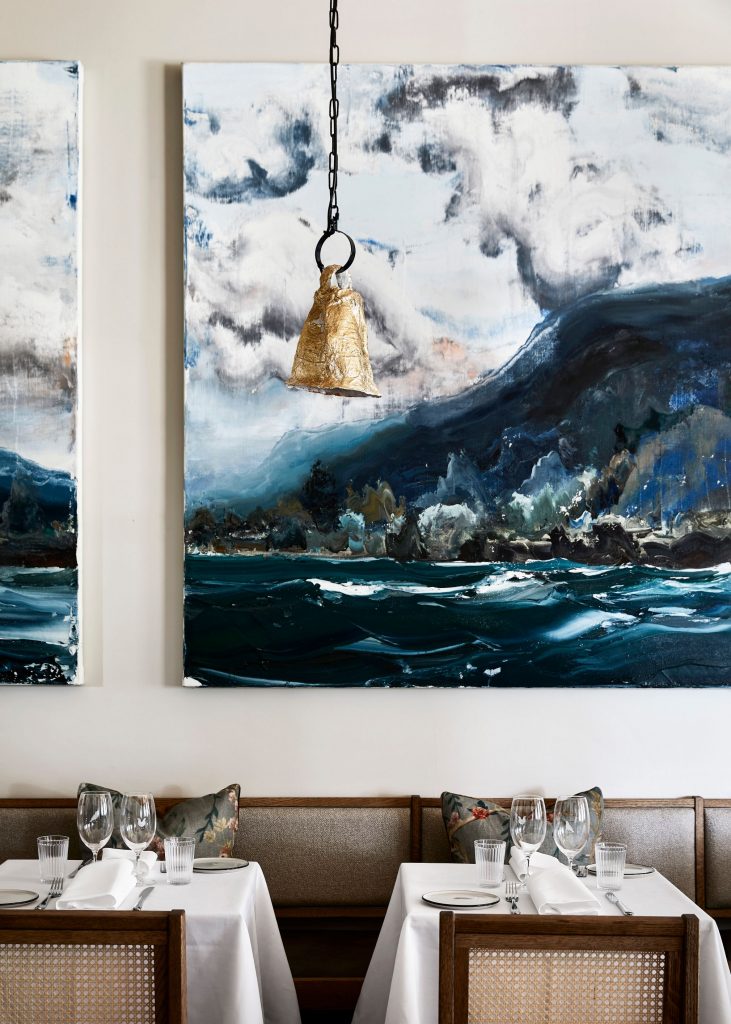
“Stamford Park is very much an extension of how my family entertains at home,” he says.
“The venue encourages visitors to move informally between spaces throughout their dining experience; it’s a warm and familiar scene for many.”
The notion of ritual and legacy is also exemplified in the work of woodturner and maker, Makiko Ryujin, whose practice is deeply rooted in her Japanese heritage and experience of growing up in Japan.
“Rituals and cultural objects surrounded me and those are things that I find myself returning to and meditating upon when I am designing my pieces,” she says.
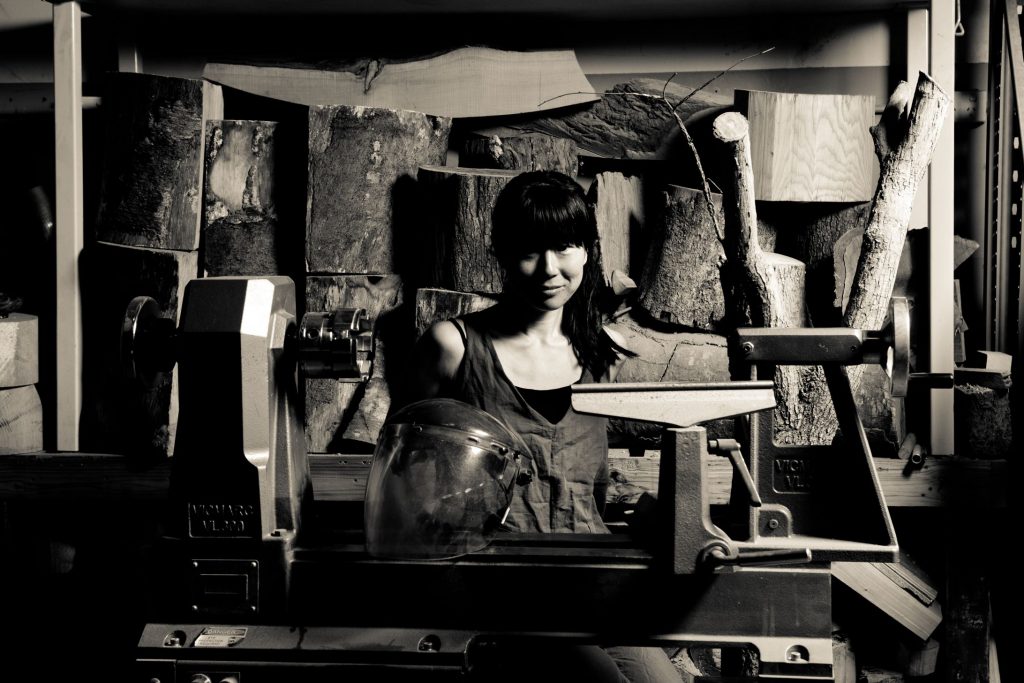
Ryujin’s striking Shinki series of turned timber vessels are a direct expression of these experiences, fusing contemporary woodworking techniques and ancient cultural practices.
“A lot of design is to improve the life of people,” she says.
To do this, she argues there is a need to incorporate and understand diverse experiences to improve the experience of an increased range of people.
“Thoughtfulness and respect for the differences among people should always be included in the design process,” she says.
By paying attention to differences and designing for an alternative, rather than the mass market, she argues designers can improve the quality of life for a greater portion of the population.
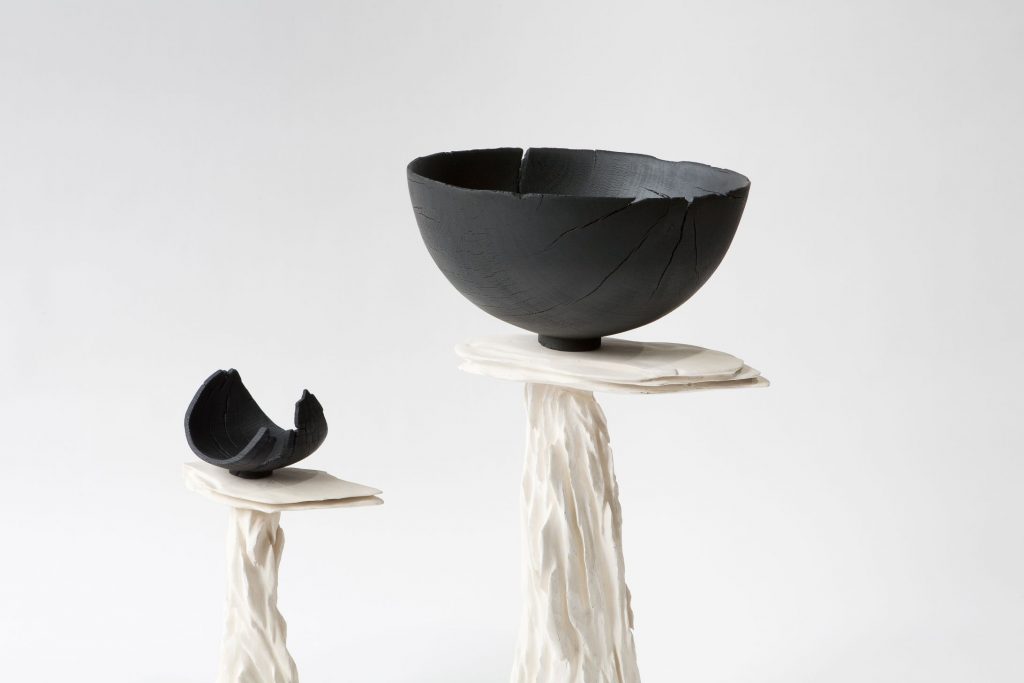
Gomes-McNabb shares the view that embracing and accepting differences empowers designers to create solutions, be that through craft, technology or science.
She asserts that “design is a tool that should be used to better this world” and finds delight in exploring the process of creation with other designers and disciplines.
This “fun and challenging and fantastic” process allows her to draw on “differences in ideas, knowledge, cultural identity and diversity… to create a new language”.
Gomes-McNabb’s inclusive sensibility is evident in her diverse portfolio of projects, each telling a story of experience and understanding of the world around her.
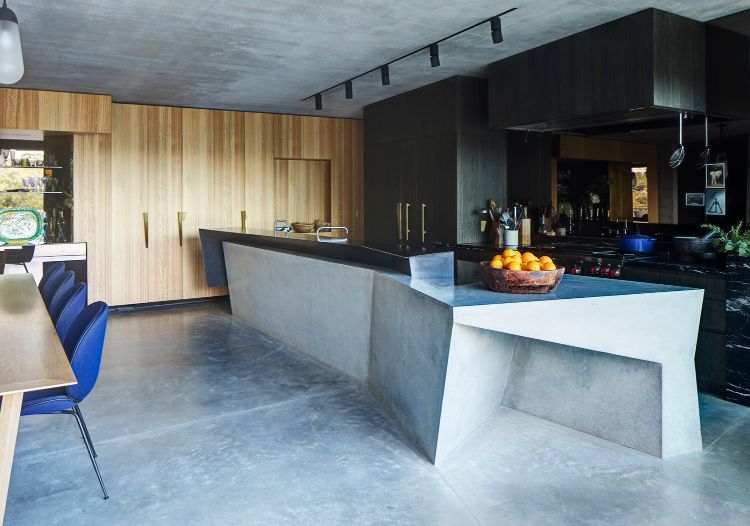
Indeed, it is not only important that design embraces diversity in process and product, but also that design media represents an authentic cross section of humanity to accurately reflect the vibrancy and diversity of Australia’s design community itself.
“Absence of diversity gives the sense that our industry is insular and inaccessible,” says Perera.
“Australian design is on the world stage and I can’t express overtly enough the need for representation to be a true reflection of Australia’s multicultural demographics and history of migration.”
Architectural photographer Veeral Patel shares this concern. He has observed that in the competitive field of architecture and interior architecture, where opportunities are often based on one’s brand or networks, being from a minority group can often be a barrier when trying to ‘break in’.
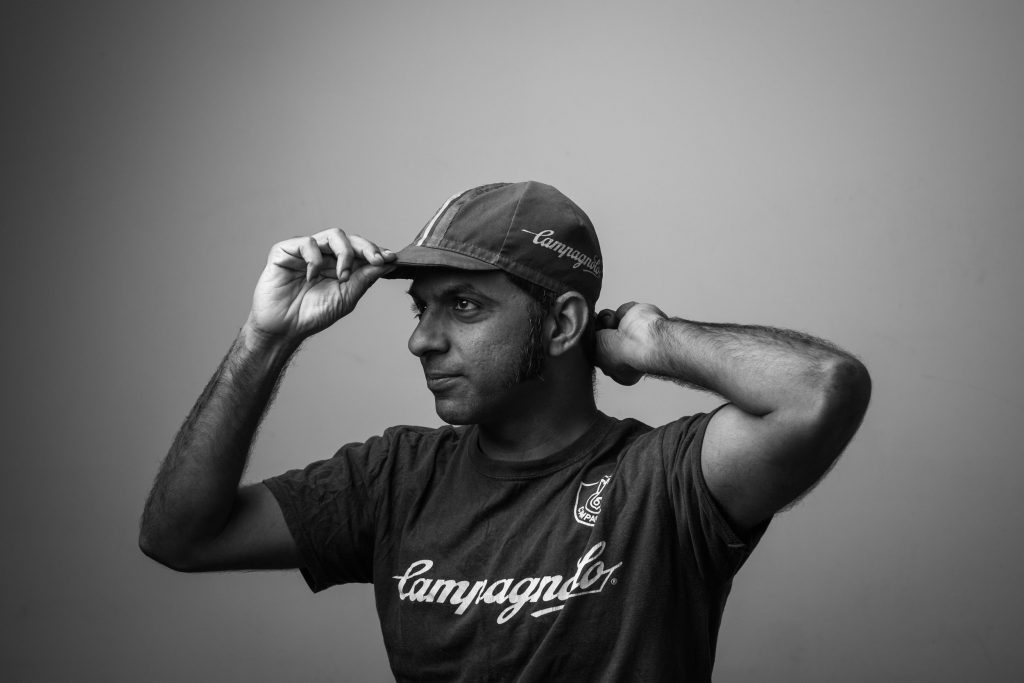
Born in Fiji, Patel migrated with his family to New Zealand in his early teens, then relocated to Melbourne after completing his studies in engineering.
“As with anyone working within the technology field, the indivertible career and life crisis happened,” Patel laughs.
“This saw me pursue two of my passions: cycling and photography.”
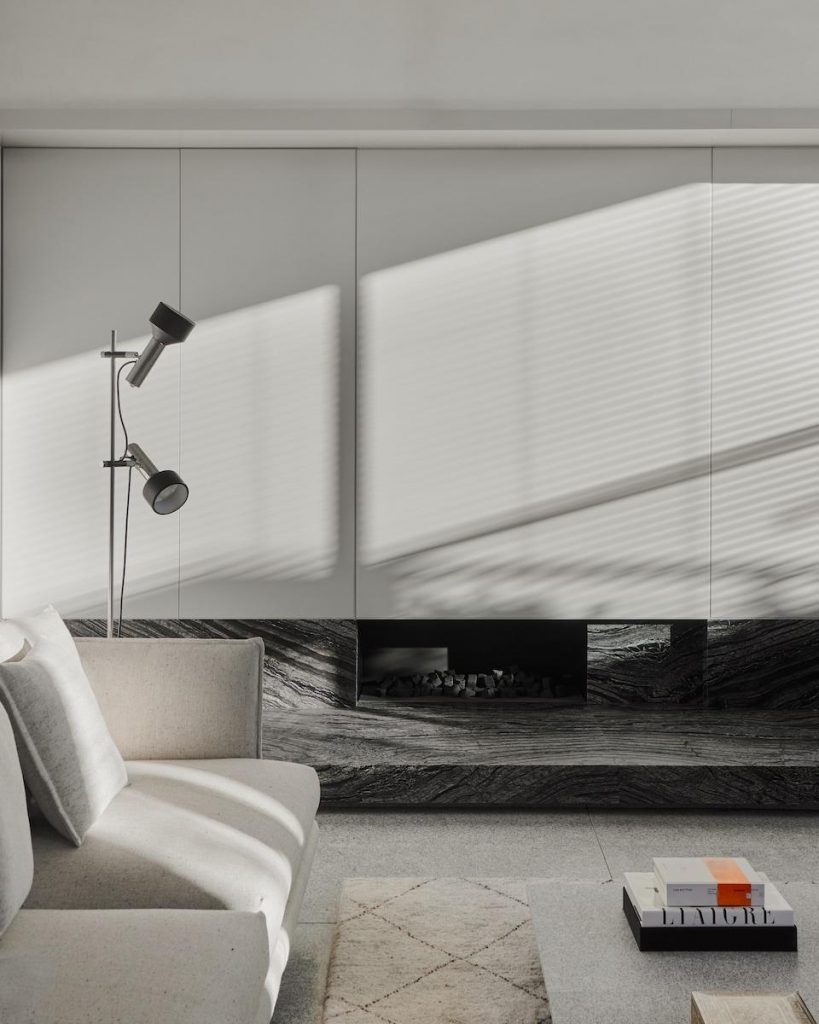
While travelling in Europe after photographing the Giro d’Italia, Patel turned his lens to historical architecture, recalling memories of his travels in India and inspiring him to pursue architectural and design photography upon returning to Melbourne.
Living in three countries and having had the privilege of working in many more has allowed Patel “to appreciate the diversity of culture, lifestyle and design”.
“My experiences, combined with my own cultural identity, have given me the ability to work with people from all walks of life and backgrounds,” he adds.
In his photography work, Patel has observed a desire to appeal to the masses.
“More often than not, I see the same sculptural pieces or artworks from the same designers on most shoots published online or in print,” he says. Patel identifies this as an opportunity for the industry to showcase works from Indigenous and culturally diverse communities.
“My perception of architecture and design is that it is the perfect vehicle for society as a whole to experience new cultures and embrace diversity.”
Reflecting on his Sri Lankan heritage, Perera says, “In a way, it’s compelling to have something more to tell.”
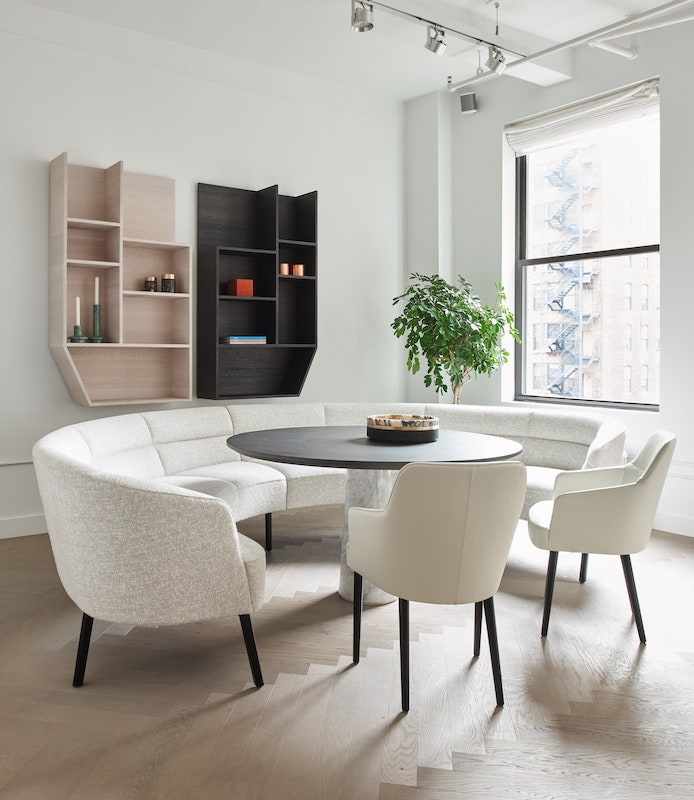
While embracing design as a vehicle to tease out and express his evolving identity and curiosities, he acknowledges the universal notion that “all art reflects the hand of its maker”.
“I think the difference is that my worldview is somewhat unique to others,” he suggests, “and there are many other intriguing stories to connect with – provided we have a platform.”
Appreciating the richness diverse voices can bring to a project, Perera promotes inclusivity in how he collaborates.
“Often that means looking beyond the familiar circle to work with dynamic talent from different backgrounds,” he says.
Achieving true inclusiveness of diversity in the design industry and in media representation requires a sincere approach. “Often there is a sense of token inclusion, or inclusion to meet a quota, or inclusion because something is in style,” says Ryujin.
She notes that this issue is not limited to the field of design, but is an aspect the industry as a whole can improve upon, and in doing so find enrichment and strength.
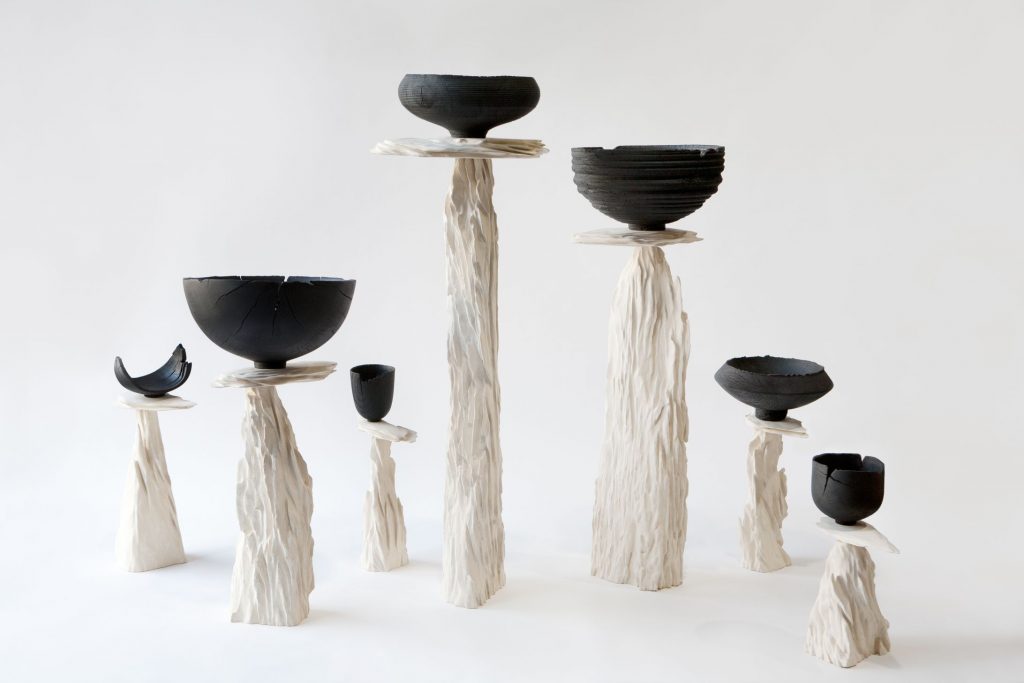
For Gomes-McNabb, “it really is about acceptance and encouraging new ideas to create a better world”.
This intrinsically inclusive approach is needed across all aspects of the industry.
“Peak bodies in Australia should have diverse representation in their committees or boards to get diverse perspectives and consider issues that may not have been thought of before,” says Patel.
Representation is crucial, be that organisationally, stylistically or in media.
“When I had started my journey in photography, I had no role models to guide or seek inspiration from. Especially a role model who was from an ethnic background and had restarted a new career mid-life,” he explains.
“Now, I look back and I want to be that role model.”
Shifting focus from the individual to the collective, the industry as a whole can learn from these designers who are bringing their diverse identities and perspectives into their work and, in doing so, creating memorable, engaging and uniquely curated experiences.
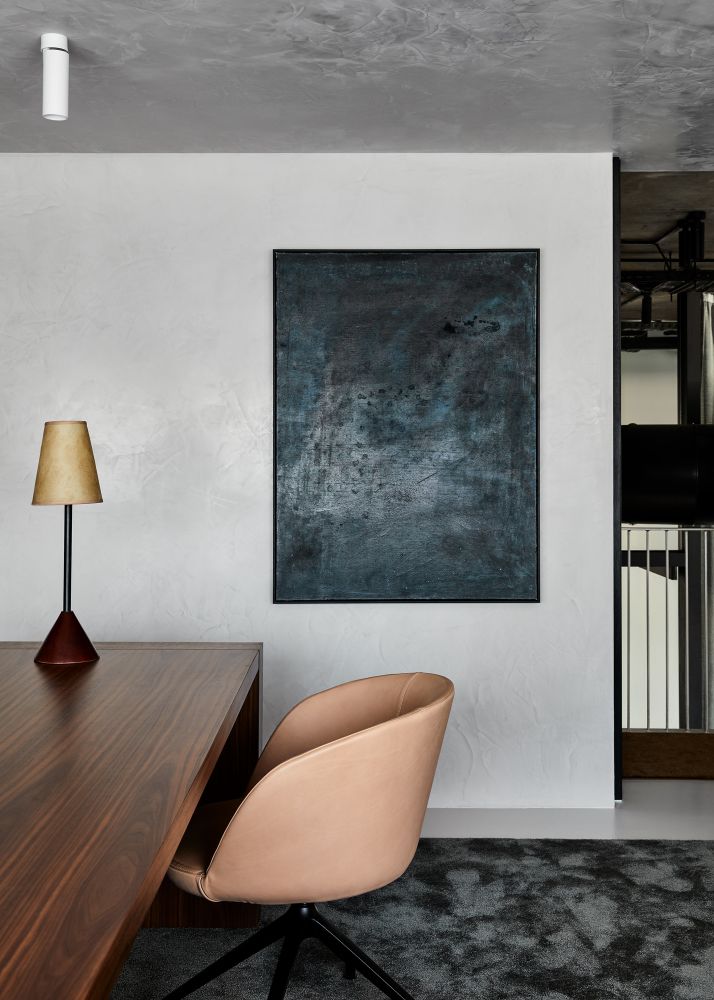
Their perspectives highlight the capacity for the industry to further expand the breadth of stories we tell and hear – an opportunity to celebrate and offer better visibility of diverse designers.
For Perera, media representation is critical.
“The more visibility that these stories have, the wider and richer the collective conversation will be. Diverse perspectives don’t dilute the brand of Australian design, but rather strengthen it,” he concludes.
Brahman Perera is one of the judges for IDEA 2021. Entries now open.
Lead photo: Pascale Gomes-McNabb Design’s Stokehouse. Photo: James Morgan.

